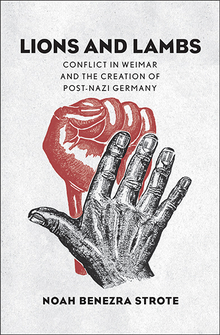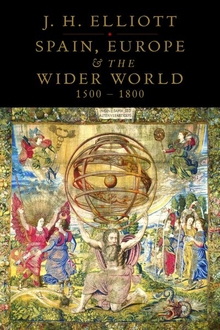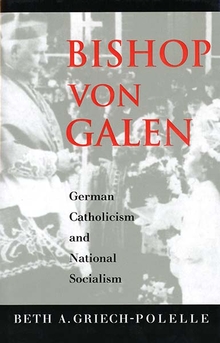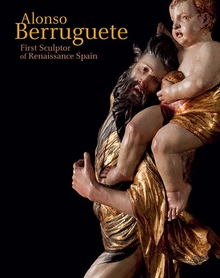Urban Images of the Hispanic World, 1493-1793
WARNING
You are viewing an older version of the Yalebooks website. Please visit out new website with more updated information and a better user experience: https://www.yalebooks.com
Richard Kagan; With the collaboration of Fernando Marias

Read this book online via the A&AePortal, our art and architectural history eBook platform. To learn more about how to access this book, please contact us.
Out of Print
Kagan maintains that cities are both built structures and human communities, and that representations of the urban form reflect both points of view. He discusses the peculiar character of Spain’s “empire of towns”; the history and development of the cityscape as an independent artistic genre, both in Europe and in the Americas; the interaction between European and native mapping traditions; differences between European maps of urban America and those produced by local residents, whether native or creole; and the urban iconography of four different New World towns. Lavishly illustrated with a variety of maps, pictures, and plans, many reproduced here for the first time, this interdisciplinary study will be of interest to general readers and to specialists in art history, cartography, history, urbanism, and related fields.
“This book is highly recommended both to the researcher and the general reader who wishes to know more about Chacoan societies.”—Colonial Latin American Historical Review
“Kagan, an eminent scholar of Spanish history, investigates the different images that artists, mapmakers, and others used in representing municipalities in Spain and its New World colonies from the late 15th to the late 18th centuries. . . . Valuable for historians, art historians, cartographers, and general readers, this exceptional volume belongs in all college, university, and large public libraries.”—Choice
“[This book] should be welcomed by all those in the fields of architectural and urban studies and will be required reading for all those interested in the visual cultures of the Hispanic world.”—Catherine Zerner, Journal of the Society of Architectural Historians
“[A] well-written and generously illustrated text. . . . Kagan’s efforts will undoubtedly supplement bibliographies on many aspects of early modern culture: cartography, European visual languages, and criollo identity formation. In addition to its breadth, the text is valuable for its methodology, as he frames his analysis in the discourses of colonialism and respects the artistic achievements of three continents.”—Sixteenth Century Journal
“This is a major contribution to the field.”—Bulletin of Hispanic Studies
“The book will be of interest to historians of the single areas under study and certainly to historians of urban planning, art historians, historians of geography and cartography. Striking a good balance between written text and iconography, overall the book provides a stimulating reconstruction of a fascinating chapter in human history and deserves praise for its originality and scholarly content, as well as for the beauty and elegance of its typographical reproductions.”—Luigi De Rosa, Journal of European Economic History
“Richard Kagan has given us a highly readable, intellectually engaging, and visually pleasing discussion that will be of interest to historians of early modern Spain, the Spanish empire and of other European empires in the Americas. He has also given history a strong presence in a growing multidisciplinary literature deriving from the relatively recent insight among cartographers and geographers that maps construct reality rather than simply reproduce it.”—Adrian Shubert, Canadian Journal of History
Publication Date: May 11, 2000
18 b/w + 136 color illus.










